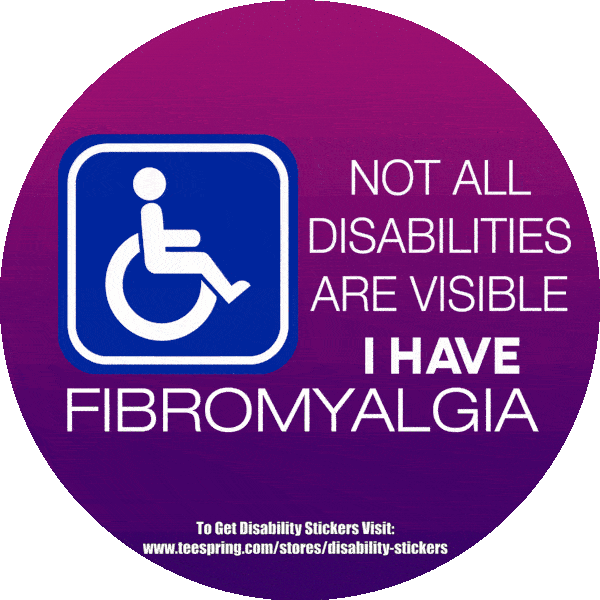Sunbathing and fibromyalgia
Take a leisurely walk through your local plant nursery and you’ll notice that plants come with labels represent ting the amount of sun that they need to thrive. Planting outside of this recommended sunshine zone results in poor performance. Like plants, people also have a range of sunlight in which they flourish. Different people do best with different amounts of sun, so finding the right and accurate range of contact for you is an important part of maintaining a healthy standard of living.
Sunbathing was a privileged American pastime before the association between sun exposure, skin cancer, and early aging was understood. Now we cluster in the shade, cover up, slather ourselves with sunscreen, and the only healthy tans we usually see are the ones someone purchased from a tanning beauty salon.
It is true that too much sun exposure, and especially sun burns, add to skin cancer. But the message to keep away from the sun altogether may be ill-advised. Our ever-increasing knowledge about vitamin D, the sun, and how they have an effect on our immune system has us re-thinking the suggestion to avoid the sun totally.
Find Some Sunshine and Let It Shine On You!
Without question sun exposure and the vitamin D we make when in the sun is very important to health. But how much do we require? Medical experts differ on the recommendations and, depending on someone’s medical history and health category, individual needs may differ Some experts suggest blood serum levels as high as 75 ng/ml.
If we use that level as a guide, three out of four Americans are lacking. The Institute of Health recommends blood serum levels at 40 ng/ml, the amount that meets the needs of most people. Using whichever value, many Americans are deficient in vitamin D.
What evidence is there that sunlight and vitamin D are good for ME/CFS patients?
- Research by Michael Terman, Ph.D., and colleagues found that a significant subset of 110 ME/CFS patients studied had symptoms resembling S.A.D. which aggravated in winter, as did their other ME/CFS symptoms. They suggested increased sunlight exposure or use of light treatment as potentially useful treatments.
- Anecdotal reports from patients and their doctors suggest light therapy does efficiently reduce the symptoms of ME/CFS in many cases. Many books on ME/CFS contain a section dedicated to light therapy included ‘From Fatigued to Fantastic’ by Dr. Jacob Teitelbaum, a leading ME/CFS specialist.
- Vitamin D deficiency is often misdiagnosed as ME/CFS or fibromyalgia as the major symptoms include muscle pain and weakness, according to Michael F. Holick, MD, PhD, of the Boston University School of Medicine. Other researchers (Shinchuk & Holick) agree saying that all patients presenting with symptoms suggestive of ME/CFS should be tested for vitamin D deficiency.
- Some studies have suggested that over 25% of ME/CFS patients have low vitamin D levels.
- Studies have shown that vitamin D supplements can significantly reduce pain with one showing that vitamin D lacking people need twice as many anesthetic drugs.
- Vitamin D is a powerful immune system modulator with most immune cells having receptors for the active form of the vitamin. It is suggested that vitamin D may improve innate immunity and slow down the development of allergies and certain autoimmune conditions. These actions may be significant for the immune dysfunction in ME/CFS.
Many subjective reports from ME/CFS patients put forward that vitamin D supplements or better sunlight exposure are of help.
Healthy Sun-Bathing Tips!
1 > Stay away from getting burned. Repeated sunburns, especially in children and very fair-skinned people, are linked to skin cancers. Most people should be okay with normal, small amounts of sun contact.
2 > Prepare your skin and increase forbearance steadily. Start early in the year (spring), or early in the morning before the sun is strongest and slowly build up the amount of time you spend in the sun. After building a tolerance, plan for short exposures (15 to 30 minutes) either in the early part of the day, or, if your vitmain D is low and you do not burn easily, at mid-day. Middle of the day exposure maximizes vitamin D manufacture. Noteworthy vitamin D production occurs when your shadow is shorter than you are. If you have had skin cancer, ask your provider about modifying these suggestions
3 > Aim for 15 to 30 minutes of sun exposure two to 4 times a week. After your 15 to 30 minutes of sun or if your skin begins to redden, care for your skin immediately. Wear a hat and light colored clothing that blocks the sun and keeps you cool. Apply sunscreens as required. Keep in mind that even weak sunscreens block the ability of your skin to produce vitamin D, so once you have applied it, you will not be making vitamin D.
4 > Enhance your “internal sunscreen” by consuming antioxidant foods and helpful fats. These foods make stronger skin cells, helping to defend them from sun harm. On a regular basis eating a number of servings of vegetables and fruits such as blueberries, raspberries, goji berries, and pomegranates, and supplementing with green powdered mixes (wheat grass, barley grass, seaweed powders, etc.) and fish oils are great options when going into the sun.
5 > Talk with your primary care doctor about whether you should have your vitamin D blood levels checked and whether you should take a vitamin D supplement. The current normal range for vitamin D is 20 to 55 ng/ml, though your medical supplier may want you to achieve higher levels closer to 50 to 75 ng/ml. At your next visit, talk with your provider about what is finest for you.
For support and Discussion join the group “Living with Fibromyalgia and Chronic Illness”
Subscribe to our website for Email notification of our new Posts. Like and Follow us on Facebook. Swipe Left to Read more on Fibromyalgia or Click Here …

